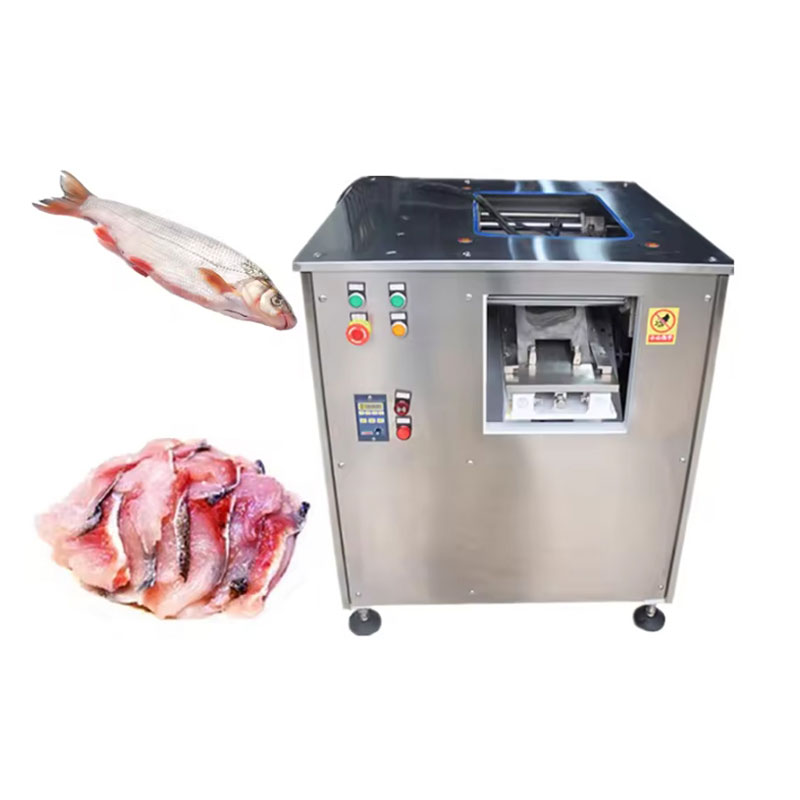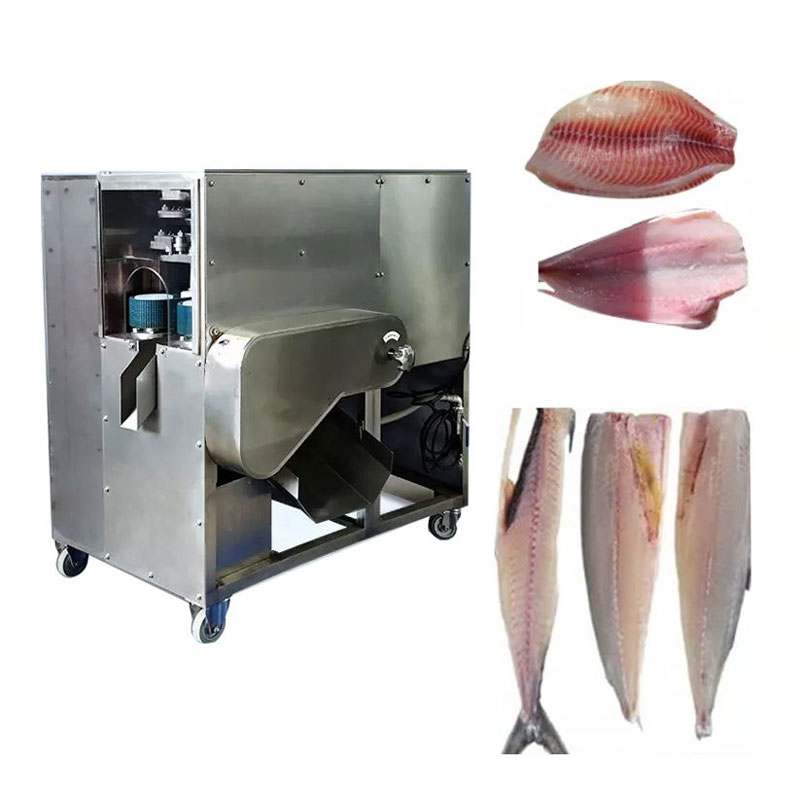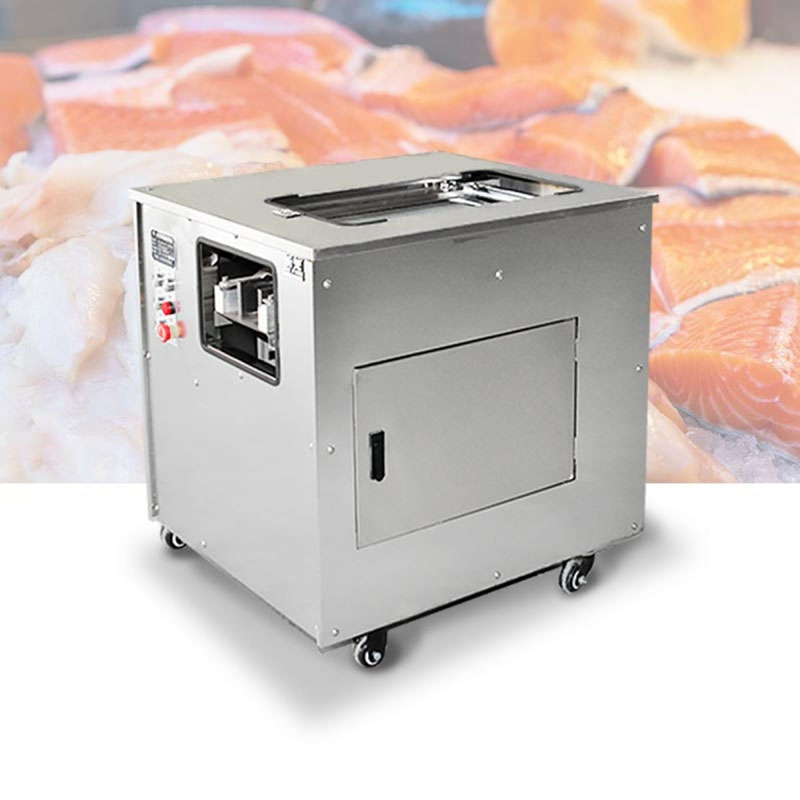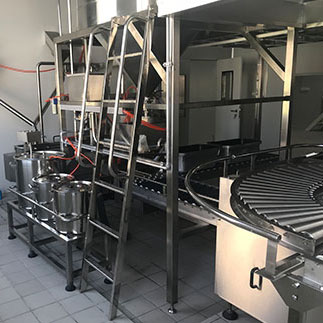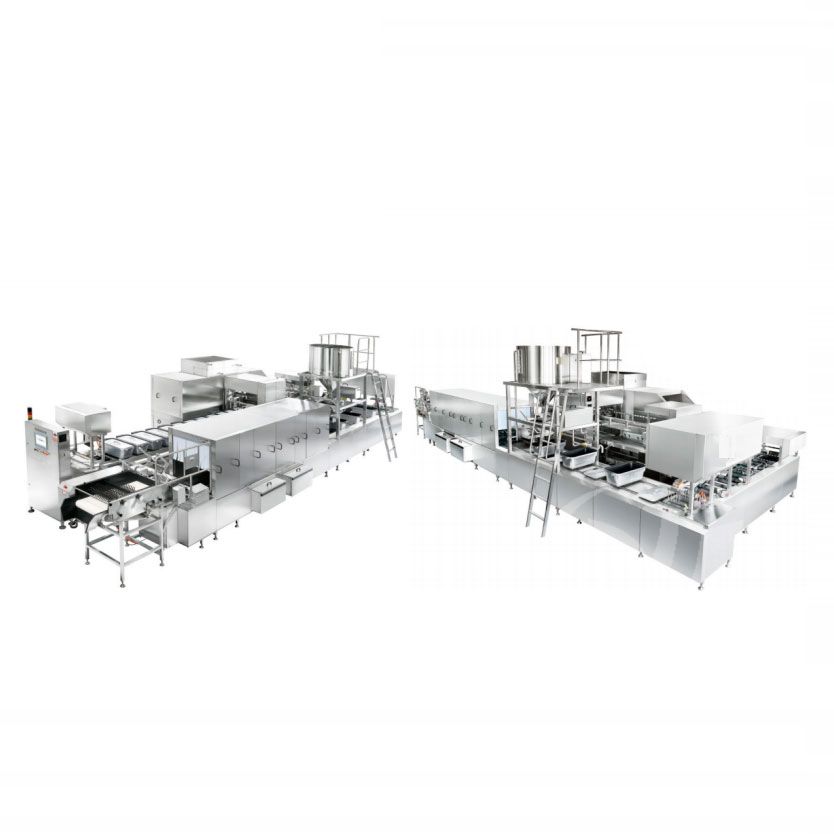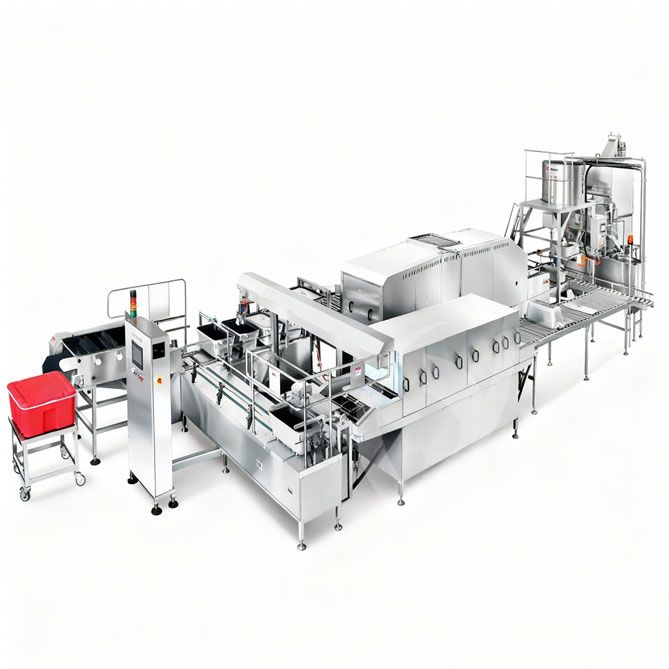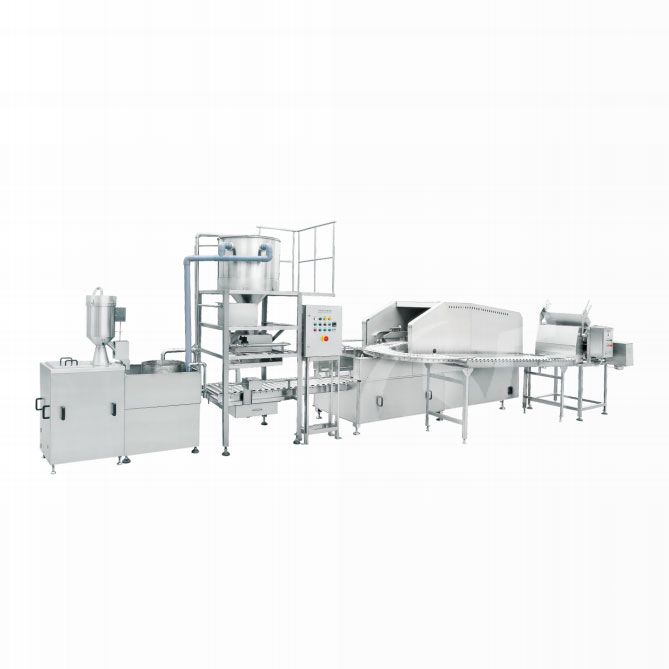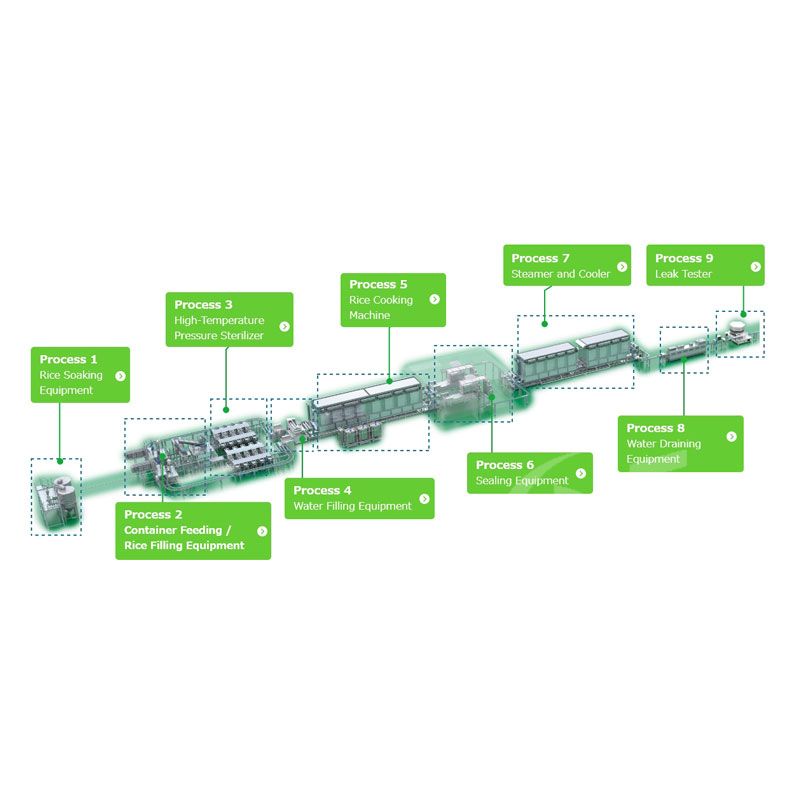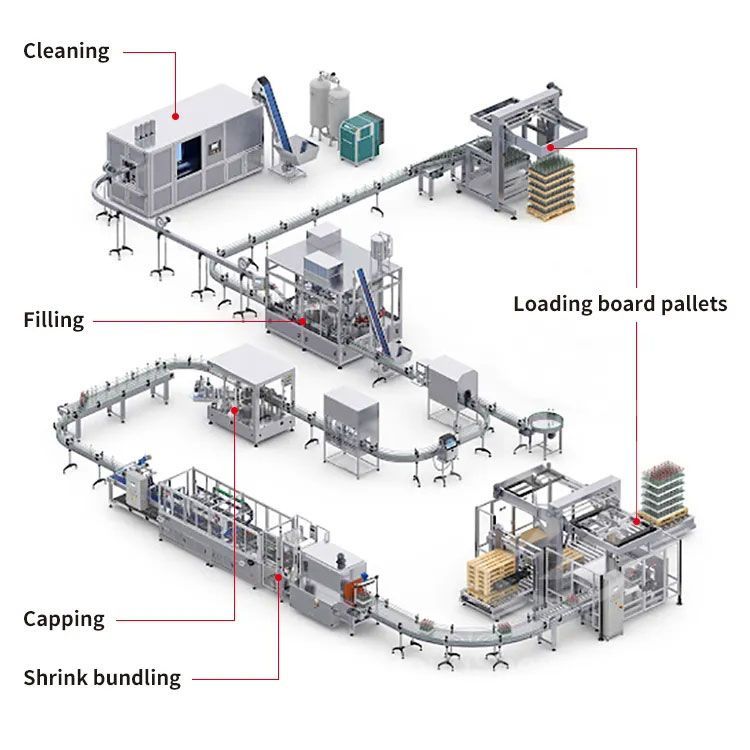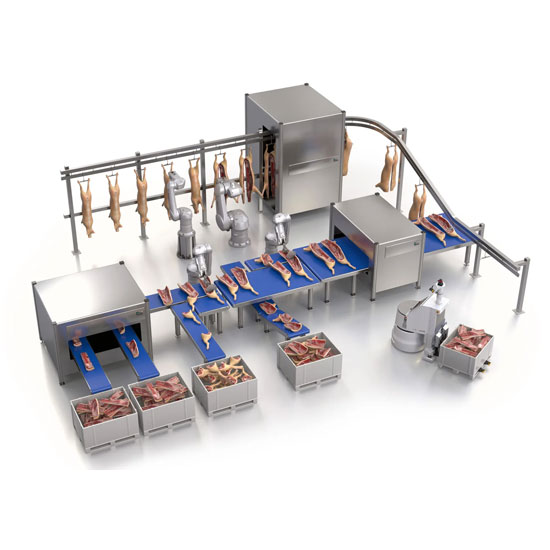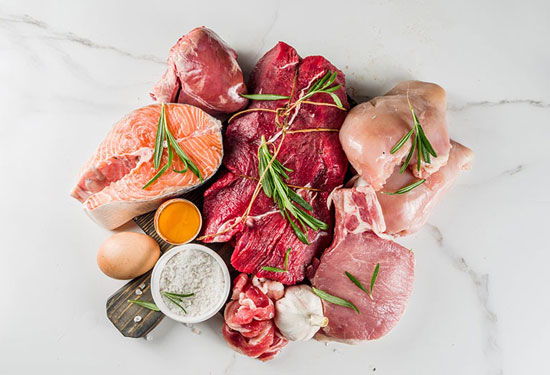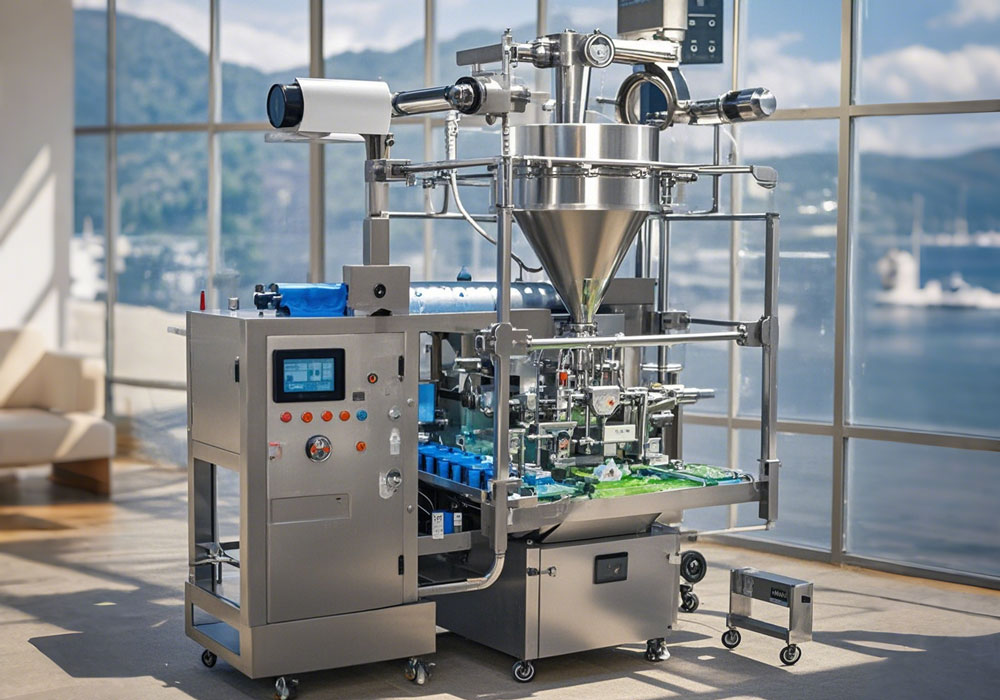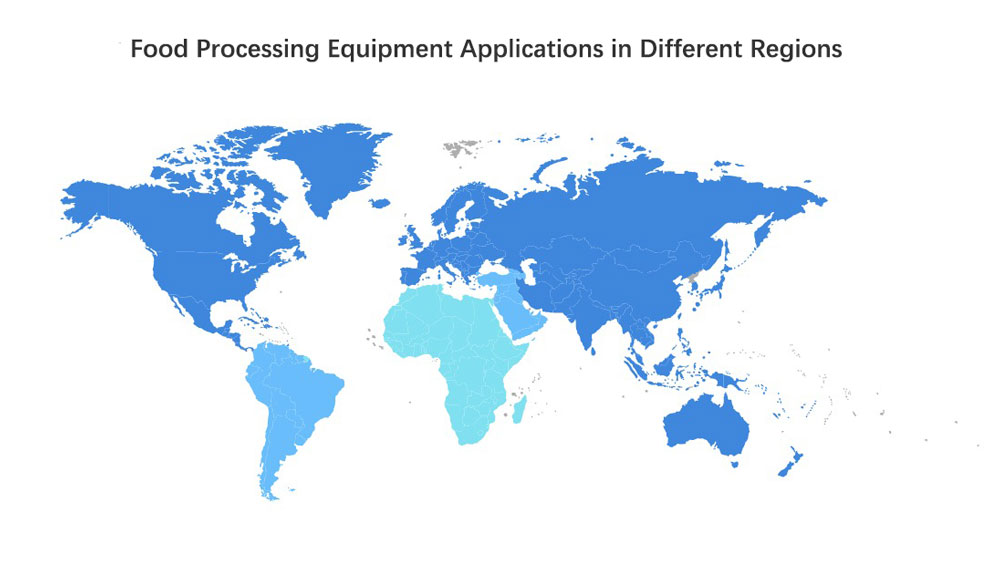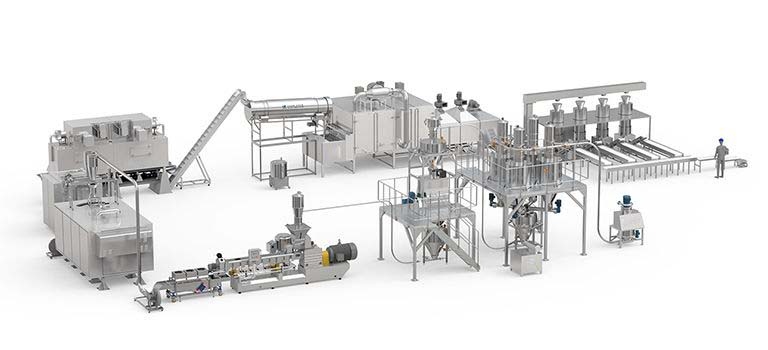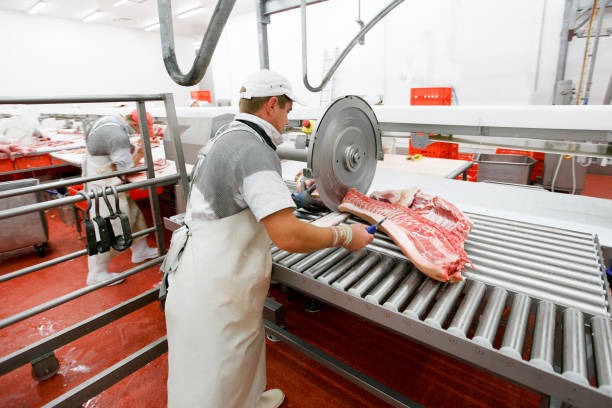1️⃣ Overview
🐟The Automatic Fish Filleting Machine is designed for high-efficiency processing of various fish species, including salmon, tilapia, cod, pangasius, and mackerel. It automates scaling, gutting, filleting, and trimming, producing uniform fish fillets with minimal waste.
Key Advantages:
High automation and consistent output
Reduces manual labor and processing time
Produces uniform, boneless fillets suitable for freezing, packaging, or further processing
Hygienic design compliant with international food safety standards
2️⃣ Main Features
High Automation ⚡
PLC or touch-screen control for easy operation
Automated feeding, scaling, gutting, filleting, and trimming
Versatile Application 🌈
Suitable for salmon, tilapia, cod, pangasius, mackerel, and other medium to large fish
Adjustable fillet thickness and trimming length
Hygienic Construction 🛡
Stainless steel SS304/316 contact parts
CIP (Cleaning-in-Place) compatible
Smooth surfaces reduce bacterial growth
Efficient Production 🚀
High processing speed: 300–1200 fish/hour depending on model
Minimal fillet loss, ensuring higher yield
Safety & User-Friendly 👨🍳
Safety guards and emergency stop functions
Simple blade replacement and maintenance
3️⃣ Working Principle
Fish Feeding & Alignment 🐟
Fish are loaded automatically or manually into the machine.
Positioning system ensures proper orientation for consistent filleting.
Scaling & Gutting 🔪
Mechanical scalers remove fish scales efficiently.
Automatic gutting module removes intestines and internal organs.
Filleting 🐠
Dual- or single-blade filleting system separates fillets from bones precisely.
Adjustable blade settings allow different fillet thickness.
Trimming & Collection 📤
Trim excess edges for uniform fillet shape.
Fillets collected in trays, conveyor belts, or directly fed into freezing lines.
✅ Advantages of this workflow:
Continuous, automated filleting
Uniform fillet size and thickness
Reduced manual labor and risk of injury
High throughput and minimal product loss
4️⃣ Technical Parameters
| Model | Capacity (fish/h) | Power (kW) | Fish Size (kg) | Material | Dimensions (L×W×H, m) |
|---|---|---|---|---|---|
| YL-AF-300 | 300 | 3.5 | 0.3–2 | SS304 | 2.5×0.8×1.5 |
| YL-AF-600 | 600 | 7.5 | 0.3–3 | SS304/316 | 4×1.2×1.8 |
| YL-AF-1200 | 1200 | 15 | 0.5–5 | SS316 | 6×1.5×2.0 |
✅ Optional Modules:
Automatic fish feeding conveyor
Skinning module for skin-on fillets
Adjustable trimming system
Sorting and grading module
Inline washing or chilling system
5️⃣ Applications
Fish processing factories
Frozen fish production lines
Seafood central kitchens and catering
Ready-to-cook fish fillet producers
Export-oriented fish filleting plants
Suitable Products:
🐟 Salmon Fillets | 🐟 Tilapia Fillets | 🐟 Cod Fillets | 🐟 Pangasius Fillets | 🐟 Mackerel Fillets
6️⃣ Operational Benefits & ROI
Labor Saving: Reduces manual filleting and trimming significantly
Consistent Quality: Uniform fillets, reduced bone remnants
Food Safety: Stainless steel construction, easy cleaning, and hygiene compliance
High ROI: Increased throughput and minimized product loss, payback period typically 1–2 years
7️⃣ Future Trends
Smart fish processing lines with IoT monitoring for throughput, blade wear, and motor load
Integration with automatic washing, chilling, and packaging systems
Energy-efficient motors and low-noise operation
Modular design for multi-size fish and mixed species processing
✅ Conclusion
The Automatic Fish Filleting Machine offers a fast, hygienic, and precise solution for industrial-scale fish processing. Its high automation, modular design, and compliance with international food safety standards make it ideal for manufacturers aiming to maximize production efficiency, maintain fillet quality, and reduce labor costs.
Must-read blogs for bosses

